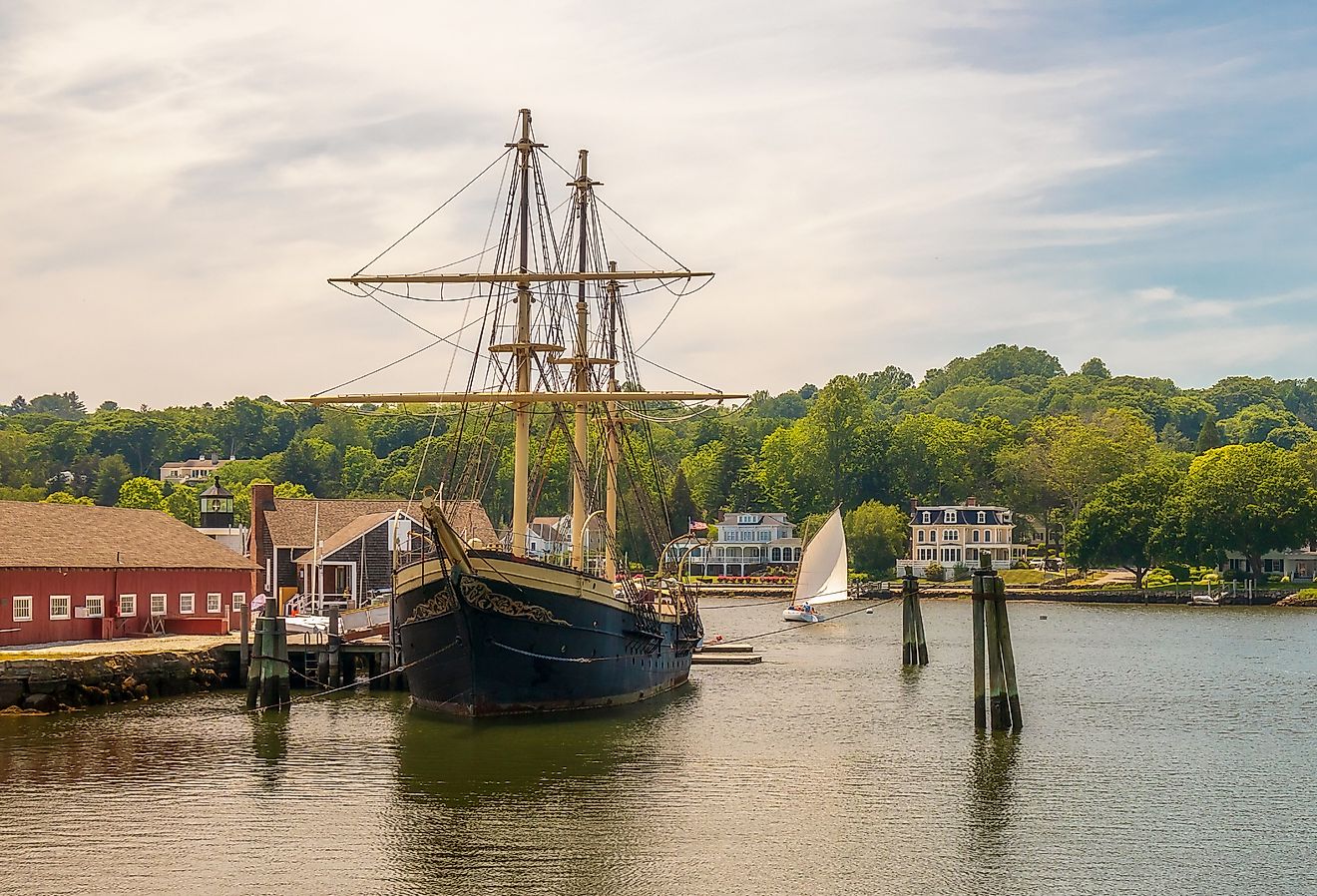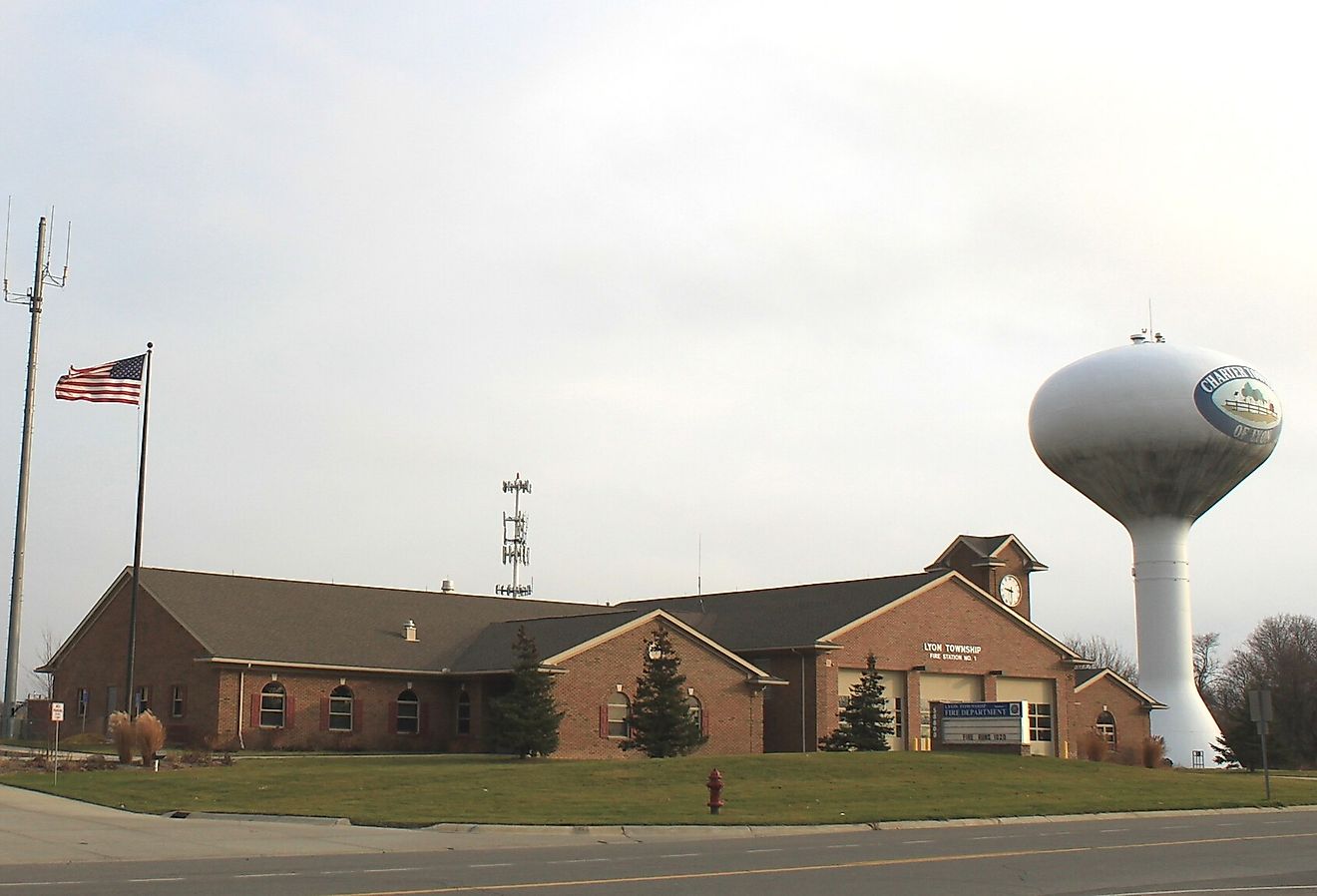UNESCO World Heritage Sites In Kenya

Kenya, officially the Republic of Kenya, is a country in East Africa and lies on the Equator. It borders Tanzania, Uganda, South Sudan, Ethiopia, and Somalia. It covers an area of 224,445 square miles with a population of approximately 45 million people. The country’s climate varies from a warm and humid tropical climate, savannah, temperate, arid, and semi-arid climates. Nairobi is the country’s capital and largest city. The country is home to various national parks, game reserves, and orphanages, and World Heritages Site.
UNESCO World Heritage Sites In Kenya
Fort Jesus
Fort Jesus is a Portuguese fort on the island of Mombasa. It was built from 1593 to 1596 by order of King Philip the first of Portugal and took the shape of a man and was named Jesus. There were disputes on the site by the nations contesting to control Kenya. The fort combines Portuguese, Arab, and the British elements which some still stand till date. The fort was inscribed in the UNESCO world heritage list in 2011 as a cultural site.
Kenya Lake System In The Great Rift Valley
The Great Rift Valley is a natural property inscribed in the UNESCO world heritage list in 2011. It comprises of three alkaline lakes, Lake Bogoria, Lake Nakuru, and Lake Elementaita. It is home to thirteen globally threatened bird species and some of the highest bird diversities in the world. It is also an important breeding ground for various birds and provides habitats for some mammals as well.
Lake Turkana National Parks
Lake Turkana National Parks are natural site designated as a world heritage site by UNESCO in 1997. It is made up of Siliboi National Park, the Central Island on Lake Turkana as well as the south island. It contains various fossils in the Koobi Fora region on the eastern shore of Lake Turkana. Its importance is also emphasized as it is a breeding ground for the Nile crocodile, hippopotamus, and the snakes. It also serves as a stopping point for the migratory birds from various regions.
Mount Kenya National Park and Natural Forest
Mount Kenya national park was established in 1949 to protect Mount Kenya’s surrounding environment as it forms habitats for various animal species as well as it acts as a water catmint area supplying the country. The area's wildlife is also protected by the park with the anti-hunting and poaching rules. The park covers an area of 276 square miles at an elevation of 9,800 feet while the forest reserve, on the other hand, covers an area of 272 square miles. The park’s surrounding is favorable for agriculture due to the volcanic sediments found in the region and the fresh water flowing down the slope. In 1978, the area was named a UNESCO biosphere reserve but in 1997, both the national park and the forest reserve combined and was added to the UNESCO world heritage list.
Threats and Conservation efforts
Fort Jesus is a monument that symbolize the arrival off Portuguese explorers, It is under the threat of errosion due to neglect. The lakes have been listed as threatened sites due to siltation, land degradation, deforestation, overgrazing, and pollution. The management of the sites has come up with a plan to preserve the remaining part of the site. Lake Turkana is under the threat of drying up due to the construction of the Great Renaissance Dam by the Ethiopian government which diverted the water of the Omo River which is a source of water for the lake.
UNESCO World Heritage Sites In Kenya
| UNESCO World Heritage Sites in Kenya | Year of Inscription; Type |
| Fort Jesus, Mombasa | 2011; Cultural |
| Kenya Lake System in the Great Rift Valley | 2011; Natural |
| Lake Turkana National Parks | 1997; Natural |
| Lamu Old Town | 2001; Cultural |
| Mijikenda Kaya Sacred Forests | 2008; Cultural |
| Mount Kenya National Park and Natural Forest | 1997; Natural |











